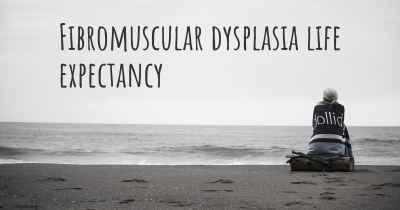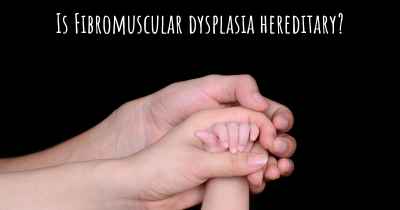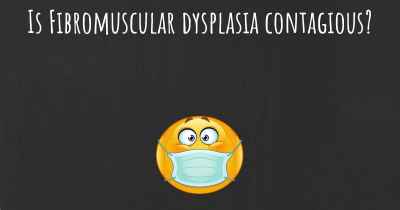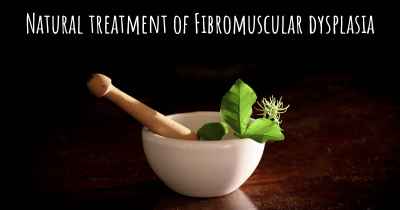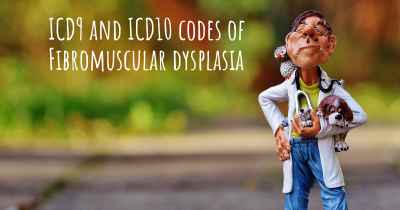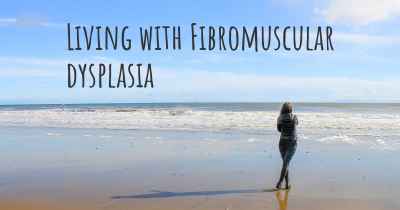What is the history of Fibromuscular dysplasia?
When was Fibromuscular dysplasia discovered? What is the story of this discovery? Was it coincidence or not?
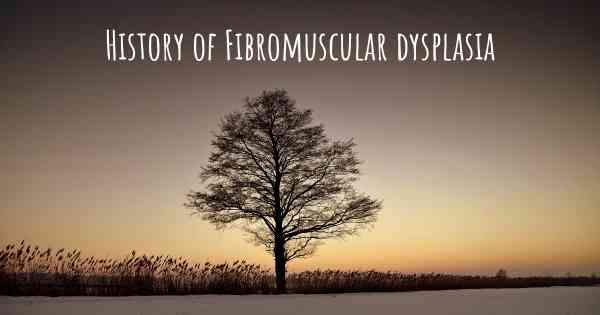
Fibromuscular dysplasia (FMD) is a rare vascular disorder that primarily affects the medium-sized arteries in the body. It was first described in medical literature in the 1930s, but it wasn't until the 1950s that FMD was recognized as a distinct clinical entity. Over the years, our understanding of FMD has evolved, leading to advancements in diagnosis and treatment.
Early Observations and Recognition:
The earliest observations of FMD date back to the 1930s when physicians noticed unusual arterial changes in patients with hypertension. These changes were characterized by fibrous tissue growth, smooth muscle cell proliferation, and narrowing of the arterial walls. However, it wasn't until the 1950s that FMD was officially recognized as a separate condition.
Classification and Subtypes:
In the 1970s, FMD was classified into different subtypes based on the affected arterial segments. The most common subtypes include medial fibroplasia, intimal fibroplasia, and adventitial fibroplasia. Medial fibroplasia, characterized by thickening of the arterial wall, is the most prevalent subtype.
Advancements in Diagnosis:
Over the years, advancements in medical imaging techniques have greatly improved the diagnosis of FMD. In the past, angiography was the primary method used to visualize arterial abnormalities. However, with the advent of non-invasive imaging modalities such as ultrasound, computed tomography angiography (CTA), and magnetic resonance angiography (MRA), diagnosing FMD has become less invasive and more accurate.
Epidemiology and Prevalence:
The exact prevalence of FMD is unknown, partly due to its underdiagnosis and misdiagnosis. It is estimated that FMD primarily affects women, with a female-to-male ratio of approximately 9:1. The condition is most commonly diagnosed in individuals aged 30-50 years, although it can occur at any age.
Genetic Factors:
Research has shown that there may be a genetic component to FMD. Studies have identified certain gene mutations that may predispose individuals to develop the condition. However, the exact genetic mechanisms underlying FMD are still not fully understood, and further research is needed to elucidate the genetic factors involved.
Clinical Manifestations:
FMD can affect various arterial beds in the body, including the renal arteries, carotid arteries, vertebral arteries, and mesenteric arteries. The clinical manifestations of FMD depend on the location and severity of the arterial involvement. Common symptoms include high blood pressure, headaches, dizziness, pulsatile tinnitus, and abdominal pain. In severe cases, FMD can lead to arterial dissection or aneurysm formation.
Treatment and Management:
There is no cure for FMD, and treatment primarily focuses on managing symptoms and preventing complications. Medications such as antihypertensives may be prescribed to control blood pressure. In cases where FMD leads to significant arterial stenosis or aneurysm formation, interventional procedures such as angioplasty, stenting, or surgical revascularization may be necessary.
Ongoing Research:
Despite significant progress in understanding FMD, many aspects of the condition remain poorly understood. Ongoing research aims to further elucidate the underlying mechanisms, improve diagnostic techniques, and develop targeted therapies. Collaborative efforts between researchers, clinicians, and patients are crucial in advancing our knowledge of FMD and improving patient outcomes.
Posted May 19, 2017 by SED 2000
Posted Sep 10, 2017 by Maria Cristina 2500
Posted Jan 10, 2019 by Donna 2500
